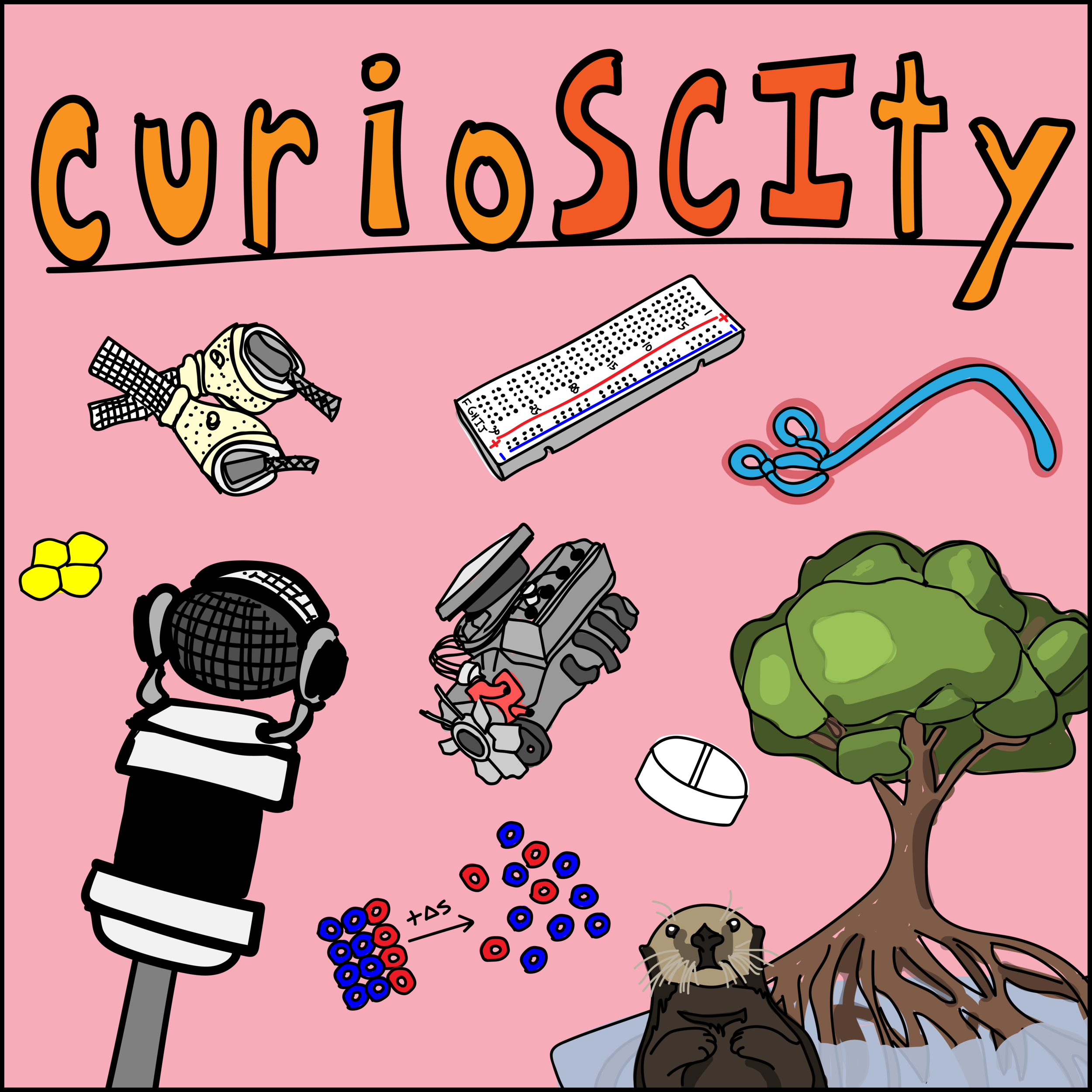54 - How are Organisms Related and Classified? (w/ Rachel Kruger!)
54. How are Organisms Related and Classified?
As an attempt to understand the vastness of nature, humans have decided to try to organize the organisms of the world into neat, tidy groups. How simple is classification of organisms? Is there any debate to how it’s done? What are some of the different schools of thought? Let’s learn to be scientifically conversational.
General Learning Concepts
1) Why do organisms need to be classified?
a. Taxonomy: the branch of science concerned with classification, especially of organisms; systematics. Also includes the underlying principles of classification.
b. Knowing all the organisms (diversity): By understanding the diversity of our planet, humans have hoped to simplify dis/similarities between organisms. By knowing the total number of species, humans would have a better understanding of the limits and constraints of our world while also exploring the possibilities afforded by those same species.
c. Identification and comparative analysis: To provide evidence that one is studying an undiscovered organism, that person must use one or more methods to show differences compared to known organisms. These differences can be demonstrated by genetics, anatomy, behavior, relatives, location, etc.
d. Relationships between organisms: There are organisms and populations that would be unable to sustain themselves without interactions with adjacent organisms or populations. These situations play into natural selection and selection bias for what species persist.
2) What are the differences between phenotypical and genetic classifications?
a. What is a species? Typically defined as a group capable of interbreeding and having fertile offspring. This is a tricky definition because there are many species who do not require sexual intercourse to have young: for example, asexual methods from plants, single celled eukaryotes, bacteria. Other definitions (John Ray, 1682: "a set of individuals who give rise through reproduction to new individuals similar to themselves") are slightly more vague but digestible. [2]
b. Phenotypical classification: Conclusions are derived from anatomy and physiology (teeth, skull size, cell wall similarities, wing shape, beak size, hair makeup), shape of the organism, total structure and arrangement.
c. Genotypical classification: Conclusions are derived from genetic makeup and how those genes are expressed at a molecular level, although this bleeds into phenotype on occasion.
4) Fun Tidbits
a. You can classify on smaller than organismal levels! Certain protein structures are similar or downright conserved between different proteins. [2]
b. How many expected species are there on earth? ~8.7 million (± 1.3 million SE) eukaryotic species globally, of which ~2.2 million (± 0.18 million SE). This includes eukaryotes and not bacteria, viruses, archaea, and other potential groups that could be included.
c. Kings play chess or fight giant squids: The ways that scientists have decided to divide organisms as similar or dissimilar is often a heated topic that has no one right answer. Commonly, it is accepted to use increasingly specific groups as relatedness increases. Kingdom, phylum, class, order, family, genus, species.
5) Solicited Questions
a. What is the difference between a phenotype and a genotype? A phenotype is casually referred to as a description of physical characteristics, but this description becomes messy because phenotypes are sometimes (not always) related to your genotype. A genotype is your complete genetic blueprint, the nucleotides and subtle expression changes that make you, you.


